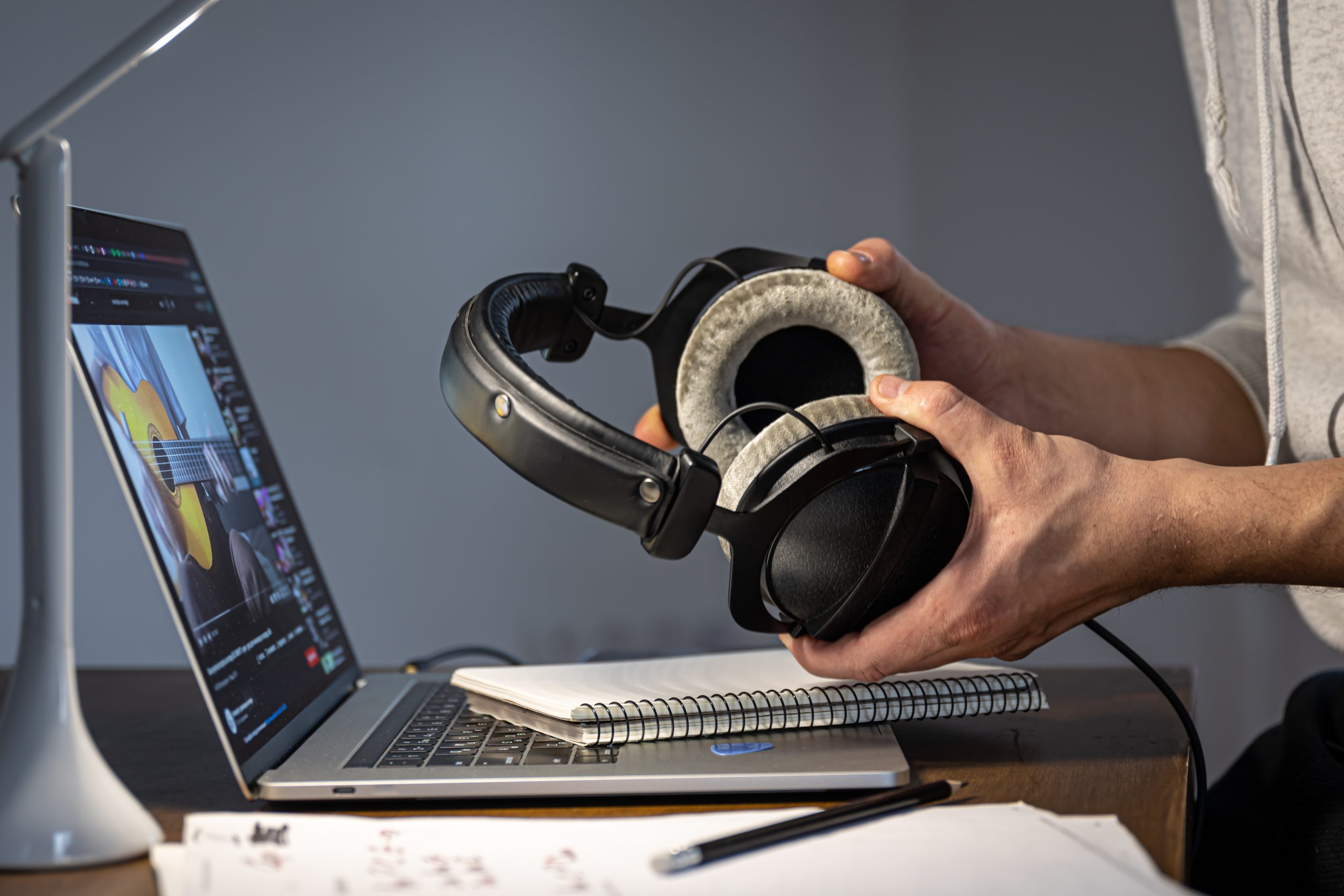
If you’re a podcaster, you know that audio quality matters. Listeners will forgive a few minor mistakes, but if your podcast sounds echoey, muffled, or noisy, they might not stick around for long. The good news? You don’t need a high-end studio or expensive equipment to make your podcast sound professional. Here’s how you can level up your audio quality with smart techniques and simple tools.
1. Record in the Right Environment
The best way to get great audio is to start with a clean recording. Here’s how:
- Choose a quiet space – Avoid rooms with a lot of echo, background noise, or interruptions.
- Use soft surfaces – Rugs, curtains, and furniture help absorb sound and reduce echo.
- Try a closet – Many podcasters record in closets because clothes help absorb sound reflections.
2. Use a Decent Microphone
While you don’t need a $500 mic, upgrading from your built-in laptop microphone makes a huge difference. A few affordable options:
- USB Microphones: Blue Yeti, Audio-Technica ATR2100x
- XLR Microphones (for advanced users): Rode PodMic, Shure SM58
3. Maintain Proper Mic Technique
Good mic technique can make a $50 microphone sound like a $500 one.
- Speak directly into the mic (about 4-6 inches away).
- Use a pop filter to reduce plosive sounds like “P” and “B.”
- Stay consistent – Don’t move around too much while speaking.
4. Reduce Background Noise
Even if your recording space isn’t perfect, you can reduce noise:
- Turn off fans, AC units, and other noisy electronics.
- Use a noise gate (in software like Audacity or Adobe Audition) to cut out unwanted low-level noise.
- Record when it’s quiet – Late at night or early morning can be ideal.
5. Edit Your Audio Like a Pro
Editing is where the magic happens. Here’s what to focus on:
- Remove background noise – Use tools like Audacity’s noise reduction or iZotope RX.
- Adjust volume levels – Ensure all voices are at the same level for a balanced sound.
- Cut out filler words – Remove “um,” “uh,” and long pauses for a smoother flow.
- Add compression & EQ – Compression balances loud and quiet parts, while EQ enhances clarity.
6. Use Music and Sound Design Wisely
Music and sound effects can elevate your podcast, but they should never overpower the voices.
- Intro and outro music – Set the mood and create a branded sound.
- Background music – Keep it subtle so it doesn’t distract from the conversation.
- Sound effects – Only use them when they enhance the content.
7. Consider Professional Editing
Even with these DIY tips, editing can be time-consuming and tricky. If you want your podcast to sound polished without spending hours on post-production, consider hiring a professional podcast editor.
At Bad Mic, we help podcasters like you create high-quality audio that keeps listeners engaged. Whether you need basic editing or full audio restoration, we’ve got you covered.
Ready to take your podcast sound to the next level?
Contact us today to learn more about our podcast editing services!

Nic
Basic but very good explanation for starters.